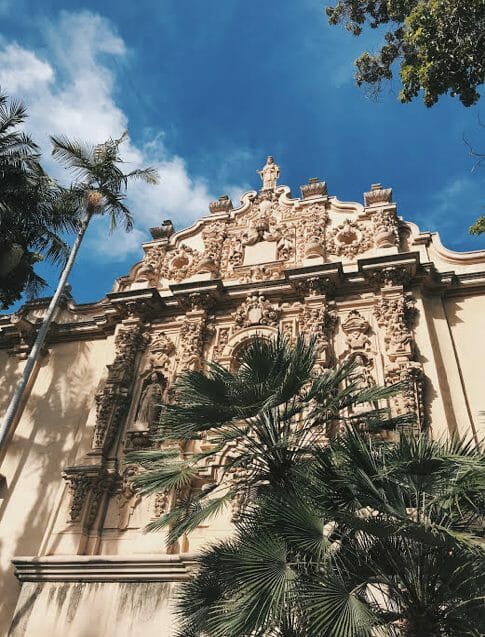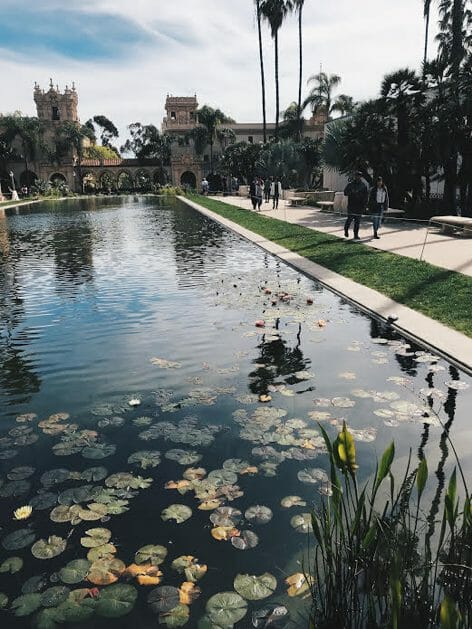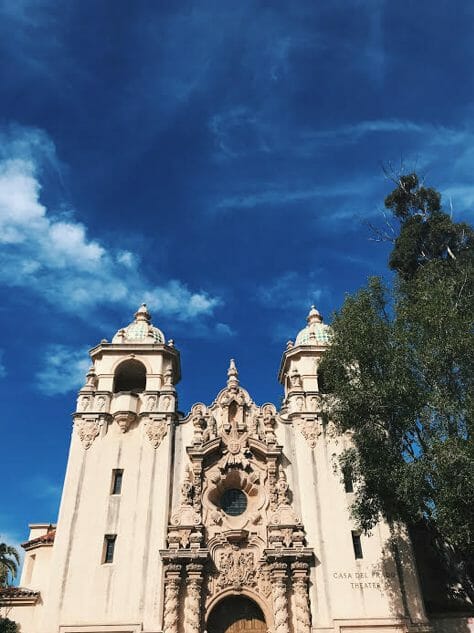A Trip to San Diego
April 25, 2018
By Makenzie Theiss
 Over spring break, I was able to spend the week soaking up the sun in San Diego, California. I had never been there before and the suggestions from friends were pouring in of everywhere to visit during my time there. It became a repeated theme within those suggestions that I would need to dine on Mexican food at least once during my stay. Much to my delight, once I arrived in San Diego, the Mexican cultural influence on the city far surpassed a few taco places.
Over spring break, I was able to spend the week soaking up the sun in San Diego, California. I had never been there before and the suggestions from friends were pouring in of everywhere to visit during my time there. It became a repeated theme within those suggestions that I would need to dine on Mexican food at least once during my stay. Much to my delight, once I arrived in San Diego, the Mexican cultural influence on the city far surpassed a few taco places.
As for a little history on the city, it was a Spanish explorer that first stepped foot onto, what is now, San Diego in 1602. Mexico received independence from Spain in 1821 and thus took control over a lot of land, including the San Diego area. It was not until 1848 that San Diego was established as a part of the United States, and this was after the Mexican-American War*. The Mexican influence on San Diego, and much of California, runs deep in the history of the city. Apart from the apparent Spanish names of cities and streets, it was easy to see the history in the food, architecture, and art within the city of San Diego.
 In accordance with the many suggestions from my friends, our first stop of the trip was to get tacos at a restaurant called Puesto. While I am no Mexican food critic, I can confidently say that these were some of the best tacos I have ever had. However, my favorite Mexican food experience during the trip occurred at a restaurant called The Mission. We ate there for breakfast one morning and it was amazing to not only eat, but also to encounter a different style of breakfast than the traditional bacon and eggs.
In accordance with the many suggestions from my friends, our first stop of the trip was to get tacos at a restaurant called Puesto. While I am no Mexican food critic, I can confidently say that these were some of the best tacos I have ever had. However, my favorite Mexican food experience during the trip occurred at a restaurant called The Mission. We ate there for breakfast one morning and it was amazing to not only eat, but also to encounter a different style of breakfast than the traditional bacon and eggs.
During my trip, we stayed in the heart of the city in the Gaslamp District; and we had the chance to walk to almost all our destinations that week. It was difficult to stroll down a single street and not stop and admire a building dripping with the beauty of Latin-style architecture. On the first day, we planned to walk to the San Diego Zoo, one of the many attractions nestled within Balboa Park. It was overwhelming to consume the intense artistry and craftsmanship of the architecture of each building we passed. La Jolla, home to one of the most beautiful beaches my eyes have ever seen, was another place that had incredible architecture in every home and building in the area. This remained consistent throughout the duration of the trip.

Another incredible aspect of San Diego that pays tribute to its Spanish and Mexican roots is the art. Within Balboa Park, there is the Spanish Village Art Center. The streets of this little village are covered with brightly colored tiles and hanging throughout the trees are Spanish-style lanterns and flags. The stucco buildings house many different studios and art galleries. In addition to the Spanish Village Art Center, there is Chicano Park found underneath the San Diego-Coronado Bridge in Barrio Logan, a predominantly Mexican-American and Mexican-immigrant community. Chicano Park has the largest collection of outdoor graffiti in the country. The artwork found inside Chicano Park carried such historical significance that it was deemed an official historic site. This was one of the most incredible places I went to throughout the whole trip because you could tangibly experience and appreciate the history and culture there.
For me, San Diego is one of the most beautiful places I have ever been. I strongly suggest that you take any opportunity you may find to get out there and experience for yourself the beauty and history that is San Diego.
Resources
*https://www.sandiegouniontribune.com/sdut-mexicos-impact-region-2010sep16-htmlstory.html